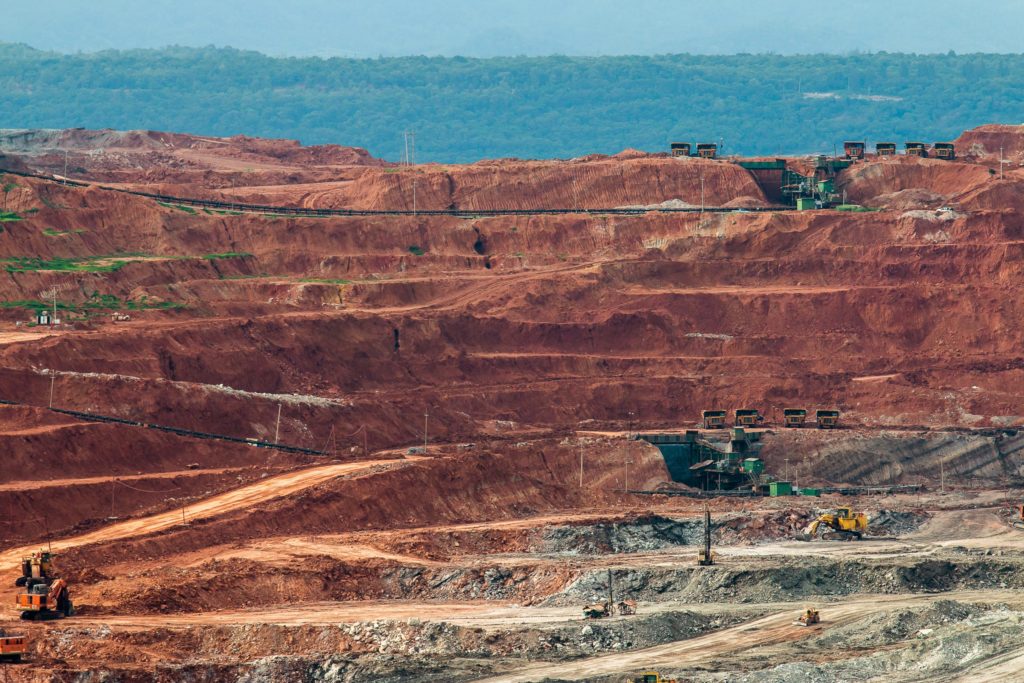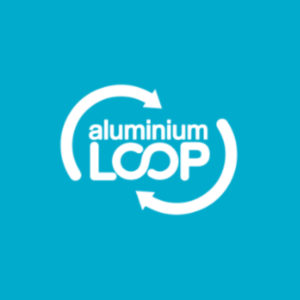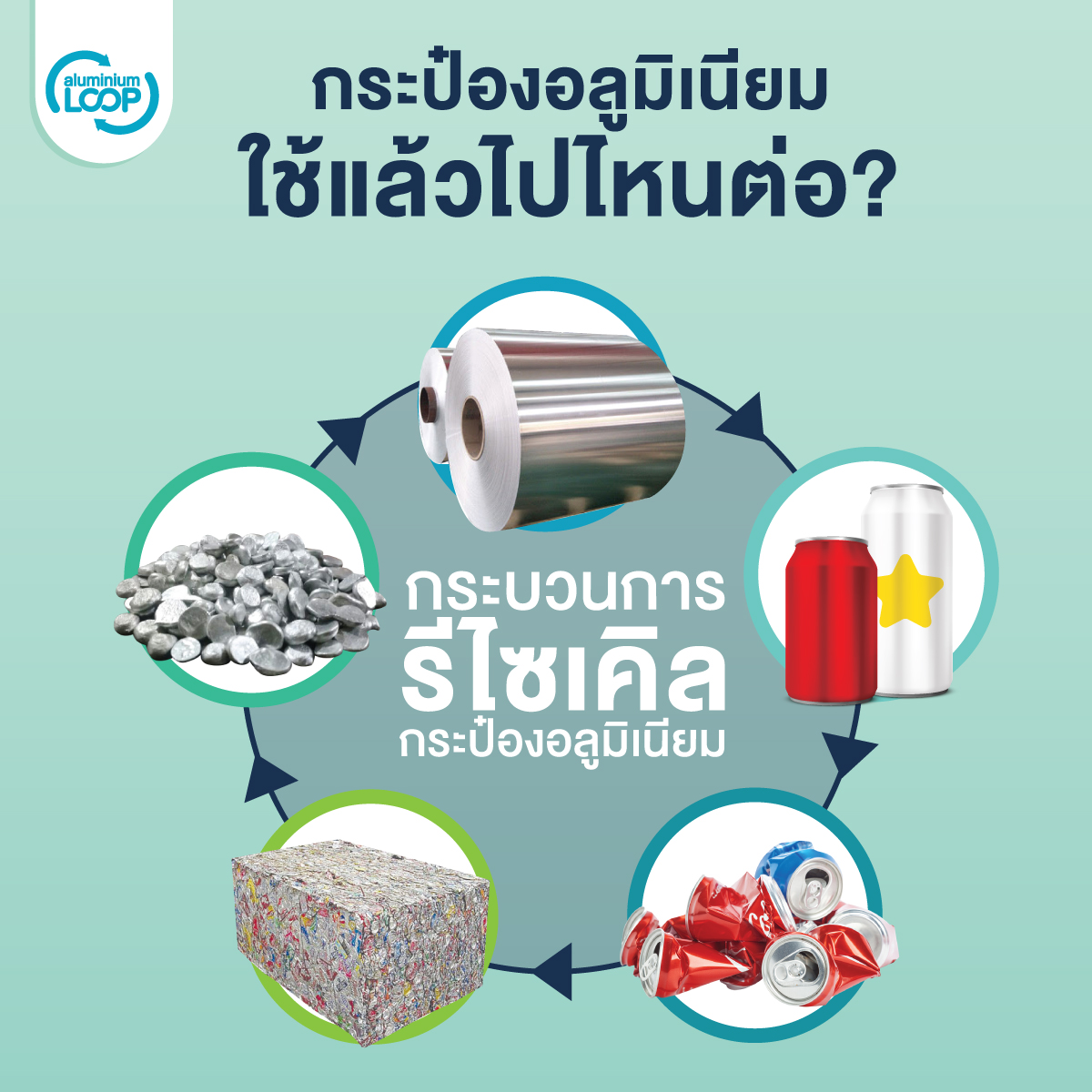
How is ASI important to the aluminium industry?
For transparency in the sustainable use of aluminium materials, certification like ASI is necessary to build consumer trust.
Did you know that aluminium used to be more expensive than gold?!
Where does aluminium come from, and why has it become so familiar and extensively used today? Let’s learn about the origins and properties of this unique metal together…
The first thing you need to know about aluminium is that you won’t find it in its pure metallic form in nature. Aluminium is hidden within other minerals like bauxite and must be extracted through a process to obtain the metal aluminium. However, aluminium isn’t a rare mineral beyond human capability; it’s actually the 3rd most abundant mineral found in the Earth’s crust.
In the past, when technology wasn’t as advanced as today, and the extraction of aluminium in the 1800s wasn’t widespread, people gradually invented methods to extract it for commercial use. Eventually, French scientist Henri Étienne Sainte-Claire Deville succeeded in extracting aluminium for commercial production in 1854. But because the extraction process was very costly, aluminium was more expensive than gold at that time!
75% of the aluminium extracted since 1854 is still being reused today!
After that, as humans invented new innovations, the ability to extract aluminium advanced significantly. Two scientists, Charles Martin Hall, an American, and Paul Louis Toussaint Hèroult, a Frenchman, coincidentally invented the same method for extracting aluminium at the same time in 1866. This method involved dissolving alumina in molten cryolite (a compound of sodium aluminium fluoride) and using electricity to extract the aluminium, known as the “Hall-Héroult process,” still used in today’s aluminium production industry. This discovery significantly reduced the cost of aluminium production and led to its widespread application today.
Modern aluminium production involves 2 main processes: separating alumina or aluminium oxide from bauxite ore, and then extracting the aluminium metal from the alumina.
Currently, Australia is the world’s largest bauxite mining country, accounting for 40% of global production, followed by Brazil and Guinea. Once bauxite is mined, it cannot immediately be used to extract aluminium metal; instead, it must undergo the Bayer process to extract the alumina from the bauxite. Invented by the Austrian chemist Karl Josef Bayer, this process includes 4 sub-steps: digestion, clarification, precipitation, and calcination, resulting in alumina.
Next, extracting aluminium from the alumina typically occurs in industrial countries or countries with large dams because it requires a significant amount of electricity. Therefore, it relies on alternative energy sources like hydroelectric power, which is cheaper than fuel-based energy. This step uses the “Hall-Héroult process,” where electric current is used to extract the aluminium, as previously mentioned. The largest producers of aluminium include Russia, China, the United States, and Canada, along with smaller countries with many mountains and rivers, such as Norway, Tajikistan, and New Zealand.


Aluminium’s properties, being lightweight yet able to bear significant weight, resistant to heat, and easily formable without risk of breaking or corroding, also non-toxic to humans, make it widely used in both household and industrial applications for producing aluminium alloys and aluminium products. For instance, it’s used in construction for window frames and doors, vehicle components for cars, planes, bicycles, electrical appliances and kitchenware like fans and rice cookers, and packaging for consumer products like spray cans and beverage cans.
Another key property of aluminium is that it has a lower melting point than other metals, at 660 degrees Celsius, allowing us to recycle aluminium products completely 100%. We can melt it down and reuse it indefinitely, creating a sustainable aluminium loop in terms of using natural resources for the benefit of humanity.
The journey of aluminium from extraction to becoming the pure metal used in everyday products is not easy. But despite the difficulty of extracting this metal, we can endlessly recycle this material, and the energy required for recycling is 95% less than that for new ore smelting.
The Aluminium Loop team wants everyone to recognize the value of aluminium and to dispose of used aluminium waste in recycling bins, allowing these materials to be recycled and continue to benefit us.
And if you want your drink cans to have a chance to become cans again, we invite you to join in separating used aluminium cans, cleaning them, and crushing them to reduce their size before dropping them off at Aluminium Loop Recycle program points for further recycling (learn more details from this link: https://aluminiumloop.com/aluminium-loop-recycling/).


For transparency in the sustainable use of aluminium materials, certification like ASI is necessary to build consumer trust.

Ever wondered where used aluminium cans go next? Most people tossed them in the trash without knowing they can be recycled into new cans for us to use again.

The TreeCycle of Joy, a sustainable Christmas tree made from over 10,000 recycled aluminium cans, was once displayed in front of Siam Discovery.